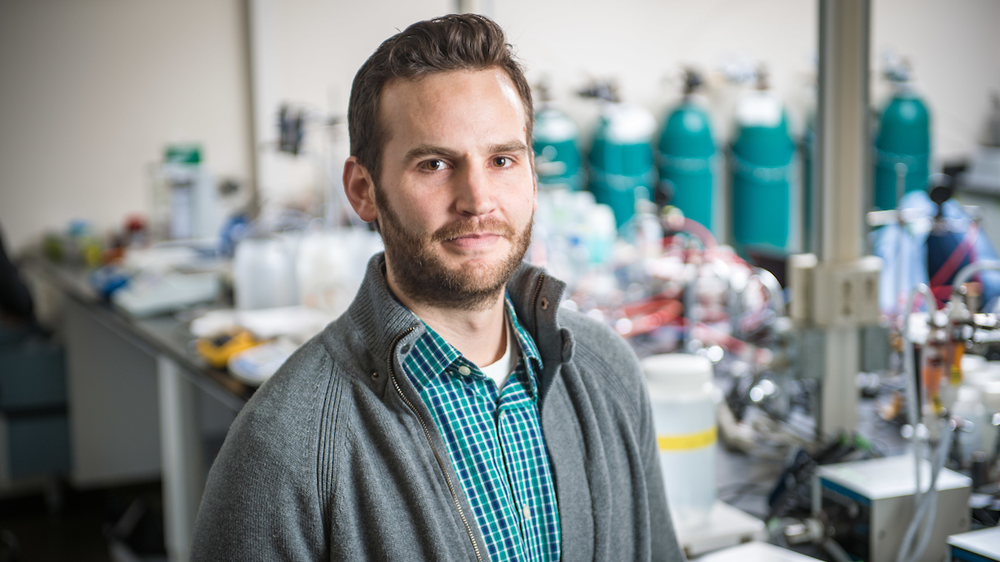Freshwater resources around the world are running low in supply. Water scarcity affects an estimate of 1.9 billion people and 2.1 billion people live with drinking water services that are not safely managed according to the United Nations. This is the reason why many scientists are looking for new and efficient ways to make the most of non traditional sources. This includes sea water, brackish water and wastewater.
Polymer membranes have aided water treatments by acting as a filter to desalinated and selectively remove contaminants from different water sources. However, their selectivity is still a significant challenge when it comes to filtering chemical properties, which could be a potential risk to the environment and human health.
Source: Unsplash
Chemical and biomolecular engineers from the University of Notre Dame and Purdue University have studied self-assembled block polymer membranes, which allow for both customizable and uniform pore sizes, as a platform for water treatment systems. Their study has determined that the platform has the potential to advance water treatment technologies.
“Most state-of-the-art membranes for water treatment are designed to let water pass through while filtering contaminants,” said William Phillip, associate professor in the Department of Chemical and Biomolecular Engineering at Notre Dame. “This approach limits the ability to remove or recover dissolved species based on their chemical identity. The exciting thing about self-assembled block polymer membranes is that you can engineer the nanostructure and pore wall chemistry of the membrane through the design of the block polymer molecules. This capability has the potential to open up a variety of new separation mechanisms that can isolate species based on chemical identity, which in turn could help to enable decentralized reuse of wastewater.”
Phillip along with the research team focused on block polymer membranes because of its distinct nanostructures and functionality. They molecularly engineered the chemical properties of the polymer to create large areas of high-performance membrane, reduce pore size and design multifunctional pore wall chemistries for solute-specific separation. The membranes can be customized depending on the water source and treatment needed.
The membranes that are more selective and more resilient to certain exposures like chlorine or boric acid as well as less prone to collecting unwanted properties could improve the treatment in various ways. They could reduce the number of filtration passes that is needed for irrigation,
control concentrations of chlorine into the system to help forestall effects of biofouling and reduce chemical demands for membrane cleaning, thus reducing the operating costs and environmental impact.
Transitioning this technology from the laboratory setting to practice has its challenges as well which will need to be addressed in the coming years. However, the researchers are hopeful that the transition is possible since there are several techniques used to generate self-assembled block polymers are consistent with the current membrane fabrication process.
Article Source:













